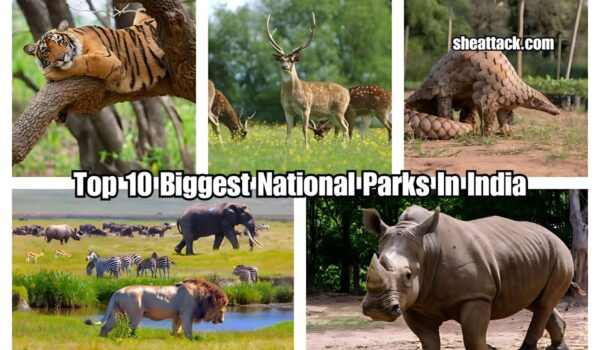Biggest National Parks In India: India, with its rich biodiversity and varied landscapes, is home to approximately 106 national parks. These parks play a crucial role in conserving the nation’s flora and fauna, and among them, several stand out due to their immense size and ecological significance. In this article, we will delve into the top 10 biggest national parks in India as of 2024, showcasing their unique features and the incredible wildlife they protect.
Top 10 Biggest National Parks In India 2024
1. Hemis National Park, Jammu and Kashmir
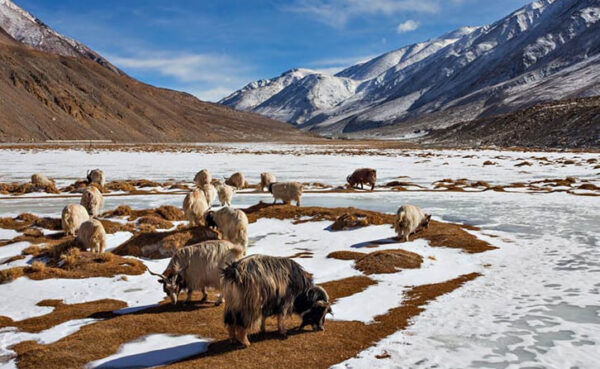
At the top of our list is Hemis National Park, the largest national park in India. Spanning an impressive 4,400 square kilometers, this park is located in the Ladakh region of Jammu and Kashmir. Hemis is renowned for its significant role in the conservation of the elusive snow leopard. Its diverse landscape ranges from lush green valleys to stark, high-altitude deserts, providing a varied habitat for species such as the Tibetan wolf, Eurasian brown bear, and red fox. For wildlife enthusiasts and conservationists, Hemis National Park is an essential destination to experience the majestic Himalayan wildlife in its natural habitat.
2. Desert National Park, Rajasthan
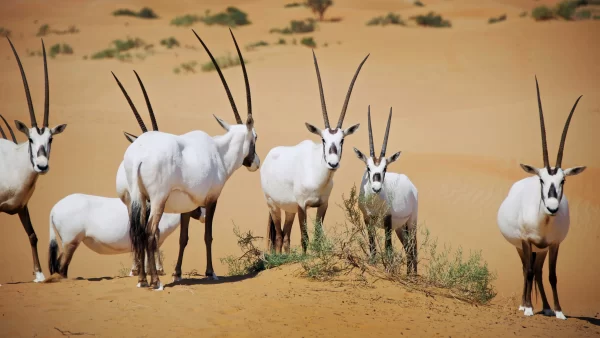
Moving to Rajasthan, Desert National Park covers 3,162 square kilometers of the Thar Desert. This vast park is known for its unique desert ecosystem and is home to the critically endangered Great Indian Bustard. The park’s landscape features endless sand dunes interspersed with scrublands, creating a stunningly stark beauty. Desert National Park plays a crucial role in maintaining the ecological balance of the desert and provides a fascinating glimpse into life thriving in such arid conditions.
3. Gangotri National Park, Uttarakhand

Gangotri National Park, located in Uttarakhand, spans 2,390 square kilometers and is notable for both its biodiversity and spiritual significance. The park encompasses the source of the sacred River Ganges and offers a range of habitats from alpine to subalpine meadows. It is home to species adapted to cold conditions, including the Himalayan tahr and blue sheep. Gangotri National Park is a destination that blends spiritual significance with natural exploration, making it a must-visit for those interested in both environmental and spiritual experiences.
4. Namdapha National Park, Arunachal Pradesh
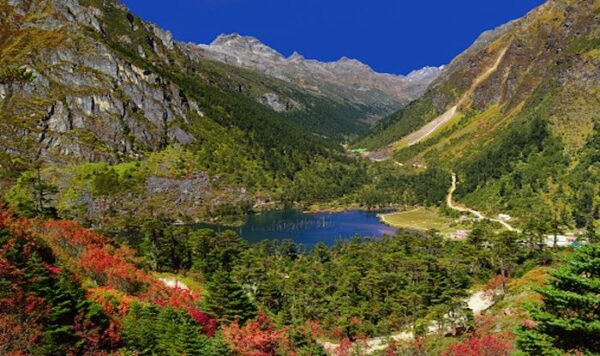
In Arunachal Pradesh, Namdapha National Park covers 1,985 square kilometers and is renowned for its remarkable biodiversity. It is unique in India as the only park where all four big cats—tiger, leopard, snow leopard, and clouded leopard—coexist. The park’s diverse range of habitats, from tropical rainforests to alpine meadows, makes it a vital conservation site and a spectacular showcase of the region’s rich biodiversity.
5. Khangchendzonga National Park, Sikkim
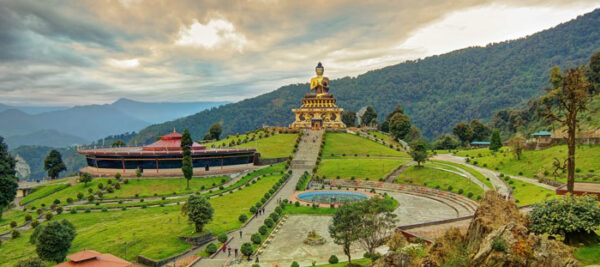
Khangchendzonga National Park, located in Sikkim, spans 1,784 square kilometers and is named after the majestic Mount Khangchendzonga. This World Heritage Site is known for its breathtaking landscapes, including glaciers, tranquil lakes, and expansive meadows. The park is home to the elusive red panda and the snow leopard, making it a vital sanctuary for these species. Its unique blend of natural beauty and biodiversity makes Khangchendzonga National Park a significant destination for wildlife and nature lovers.
6. Guru Ghasidas (Sanjay) National Park, Chhattisgarh

Guru Ghasidas National Park, also known as Sanjay National Park, covers 1,440.7 square kilometers in Chhattisgarh. This emerald oasis is characterized by dense sal and bamboo forests, providing a habitat for a wide range of wildlife, including tigers and leopards. The park’s lush forests and rich biodiversity make it a paradise for nature and animal enthusiasts, offering numerous opportunities for wildlife observation and photography.
7. Gir Forest National Park, Gujarat
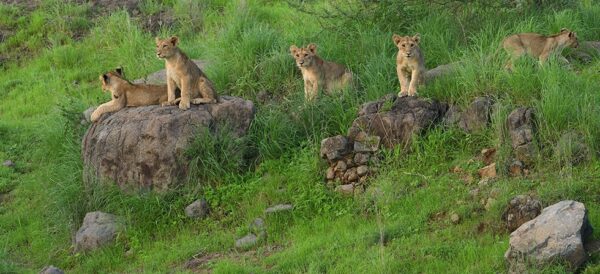
Gir Forest National Park in Gujarat is the only place in the wild where Asiatic lions can be found, covering an area of 1,412 square kilometers. Besides lions, the park is home to leopards, hyenas, and various species of deer and antelopes. A visit to Gir Forest National Park offers a rare opportunity to see these magnificent creatures in their natural habitat and experience the rich wildlife of Gujarat.
8. Sundarbans National Park, West Bengal

Sundarbans National Park, located in West Bengal, spans 1,330.1 square kilometers and is part of the largest mangrove forest in the world. This UNESCO World Heritage Site is known for its unique ecosystem and is home to the Royal Bengal Tiger. The mangrove forests of Sundarbans play a crucial role in protecting inland areas from storms and rising sea levels, making the park a vital part of the region’s ecological balance.
9. Jim Corbett National Park, Uttarakhand

Jim Corbett National Park, one of the oldest national parks in India, covers 1,318.5 square kilometers and is renowned for its historical significance. It was the first park to be included in the Project Tiger initiative and features a diverse range of geographical features, including ridges, plateaus, riverine belts, rolling plains, and narrow valleys. The park is home to the Bengal tiger, elephants, and hundreds of bird species, making it a prime destination for wildlife enthusiasts.
10. Indravati National Park, Chhattisgarh
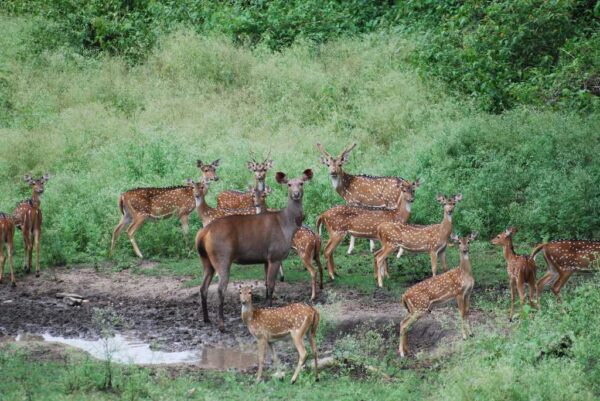
Lastly, Indravati National Park in Chhattisgarh extends over 1,258.4 square kilometers and is named after the Indravati River. It is an important sanctuary for the Wild Asian Buffalo and a critical tiger reserve. The park’s deep tropical forests and hilly terrains create a picturesque setting for wildlife enthusiasts and photographers.
Conclusion
India’s national parks are not only among the biggest in the world but also serve as crucial sanctuaries for its diverse wildlife. These parks, with their vast areas and rich biodiversity, highlight the nation’s commitment to conserving its natural heritage. Visiting the biggest national parks in India provides an unparalleled opportunity to experience the country’s natural beauty and wildlife up close, making them must-visit destinations for nature lovers and conservationists alike.

